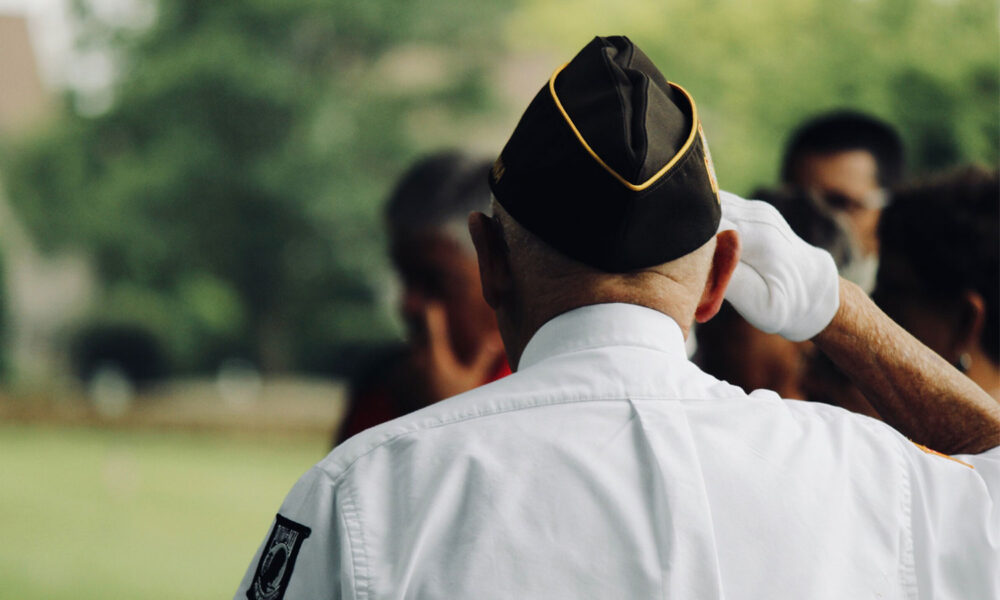I was an Army specialist fourth class in 1957 when I was bused to the Nevada Test Site with other servicemen for an operation we were told nothing about. We soon witnessed a series of nuclear bomb blasts that created such intense flashes of light that I could see the blood vessels and bones in my hands as I covered my closed eyes. Years later, I am still haunted by those excruciatingly bright bursts.
We had unknowingly participated in Operation Plumbbob—a series of 29 experiments involving 16,000 servicemen to determine how soldiers would handle fighting on a nuclear battlefield. The experience was so disturbing that some servicemen, even those already hardened by previous warfare, ran screaming and crying.
On this Veteran’s Day, I am reminded that most Americans know very little about our country’s horrible history of nuclear weapons testing. It seems important for those of us who have experienced these tests to speak out, especially now that the federal government is considering resuming full-scale explosive nuclear weapons testing.
I was appalled to learn that the Senate put aside $10 million to prepare for an explosive nuclear weapons test if the administration decides to move forward with one for the first time since 1992. Negotiations over the defense budget will take place over the coming weeks. As a veteran, I am imploring Congress: do not fund nuclear weapons testing.
While the tests I participated in occurred above ground, we can’t be fully confident that the underground tests being contemplated would be safe. One underground test in Nevada produced the second highest amount of radioactive fallout from any nuclear weapons test in the continental U.S., exposing millions of Americans as far away as Illinois.
Any claimed benefits of new testing are not worth the risk. I believe it is an insult to the legacy of “atomic veterans” like myself to even contemplate the resumption of testing.
Many soldiers went on to get cancer and other illnesses. But despite what we went through, we were under a gag order not to talk about the tests, even to each other. That essentially amounted to being ordered to repress these memories, which created its own problems. Finally, in 1996, President Bill Clinton apologized to the former servicemen and Congress lifted the gag order.
Since the experiments had been a secret, the long-term health effects were never investigated, but the U.S. Department of Veterans Affairs finally recognized that 21 types of cancers and other diseases were linked to ionizing radiation exposure. And the Centers for Disease Control and Prevention informed me and other servicemen that there is a possibility that we have genetically passed on to our grandchildren certain cancers.
It is shocking that, against this backdrop, the administration is considering—and Congress may green-light— the resumption of testing, especially when there is no technical or military need for it. The United States has been testing nuclear weapons for decades through computer simulations and exploding weapon components without producing a nuclear chain reaction, and our scientists have high confidence in the US nuclear arsenal.
The Trump Administration apparently thinks explosive testing could create pressure to get Russia and China to the table to negotiate a comprehensive nuclear arms control treaty. But my fellow soldiers and I know that this is too dangerous to be used as a political bargaining chip.
Congress must also do right by the victims of nuclear weapons testing. Many vets passed away while waiting to receive recognition and compensation. Surviving servicemen have received only limited compensation and many have gotten nothing at all. A federal law, the Radiation Exposure Compensation Act (RECA), is intended to provide redress for those involuntary sacrifices, but it is set to expire in 2022.
To honor the servicemen that participated in nuclear weapons tests and those who died as a result, Congress should extend and expand RECA as well as prohibit funding for any new nuclear weapons testing.
The featured image for this blog is courtesy of sydney Rae on unsplash.

